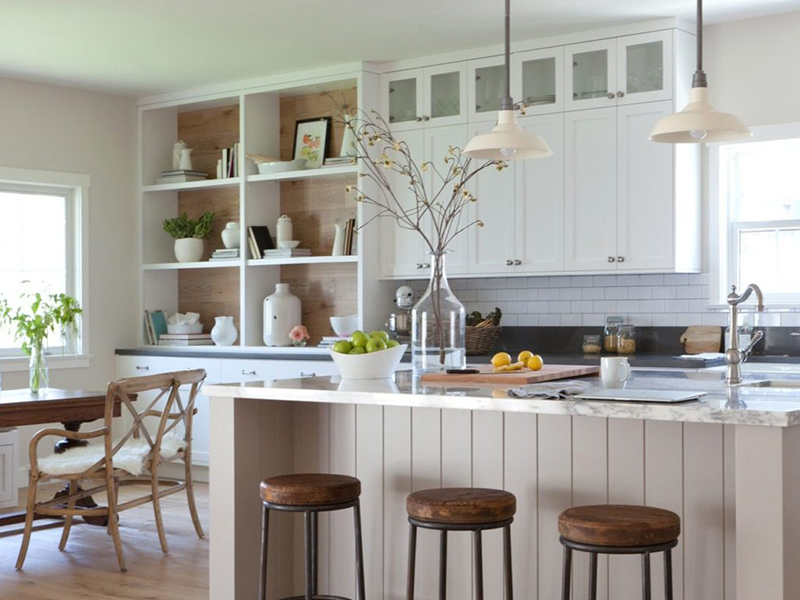Have you ever thought about renting out your home to make some extra cash? I know many of my South Bay clients have. This week I want to share my advice on the notion of renting out single-family homes in the South Bay. Now, I am not a financial adviser or a CPA so always be sure to consult with your team of professionals to understand your individual financial situation. I am offering my opinion after 10 years of practicing real estate investment and brokerage.
Renting in the South Bay
I am constantly left befuddled month after month seeing homes go up for rent by the beach and up on The P.V. Hill. In many cases, it makes zero financial sense to buy and immediately rent out a single-family home and the numbers prove it. There are only a few small circumstances where buying and renting a South Bay home makes financial sense but more often than not they can only be achieved through sophisticated investments or by someone of immense wealth. Unless you are a professional real estate investor or a very high net worth individual, then renting out a home likely does not pencil. Below are recent examples of just purchased active home rentals throughout the South Bay. (Please remember I do not know these homeowners’ circumstances. I am analyzing through the eyes of a typical South Bay property buyer.)
Palos Verdes Estates
1537 Via Zurita in Monte Malaga
- Sold for $2,950,000 in May of 2017 (purchased for all cash)
- Current asking rent of $8,000/mo (after being rented for $8,500/mo back in 2015)
- Property taxes alone are about $3,000/mo. Throw in insurance, maintenance, gardener, pool service, and a couple other landlord items and you could reasonably assume $3,500/mo in expenses.
- Not including the massive vacancy expense waiting for a tenant, one will net $4,500/mo or $54,000/yr. That is a paltry 1.8% ROI on your money. And with the four months of vacancy this owner has incurred, the first year ROI is pushing towards 1.2% if it rented today.
Why do that? Instead consider…
- Purchasing this 10-unit apartment building in Hawthorne (13219 Doty Ave) with full management in place and earn about 3.6% a year on your all-cash money.
- Purchasing one of the “safest” securities on the planet in a 12-month US T-Bill and earn $1.3%.
- Purchasing AT&T stock and earning a 5% ROI from the dividend alone.
Redondo Beach
1122 Ysabel Street in South Redondo
- Sold for $1,150,000 in May of 2017 (purchased for all cash)
- Current asking rent of $4,800/mo
- It looks as if the owner put about $50,000 for updates along and I’ll include incurred vacancy expenses too. So they will be all-in for $1,200,000 and maybe land a renter at $4,800/mo….maybe.
Why do that? Instead consider…
- Purchasing the just sold North Redondo duplex (1935 Mathews Avenue) that went for $965,000. With less than a $50,000 budget, these units could easily be brought up to market and match the $4,800/mo rent at asking rent, yet this one could be had for about $200,000 less than the Ysabel home.
- Purchasing this prime South Redondo “Avenues” duplex (501 Avenue B) that sold turnkey for $1,325,000. Sure it is $125,000 more but the additional $850/mo in rent more than makes up for it (8.2% ROI on the additional money) along with potential property tax incentives with the Mills Act on this historical building.
- Purchasing, of course, other financial instruments such as tax-free municipal bonds, stocks, and ETFs that would likely beat this unleveraged single-family home rental.
Conclusion
All over the South Bay there are many individuals purchasing homes as investment properties and the ROI numbers are simply miserable. Not only do other investment options like stocks out-perform on a cash flow basis and potential growth basis, but other real estate options exist nearby that clearly offer better returns while keeping your dollars in the real estate asset class.
More often than not, property with units will yield far better returns than investing in a simple single-family residence. Set your sights on duplexes, triplexes, and beyond as those options will likely do much better for you in the long run. The numbers prove it.

